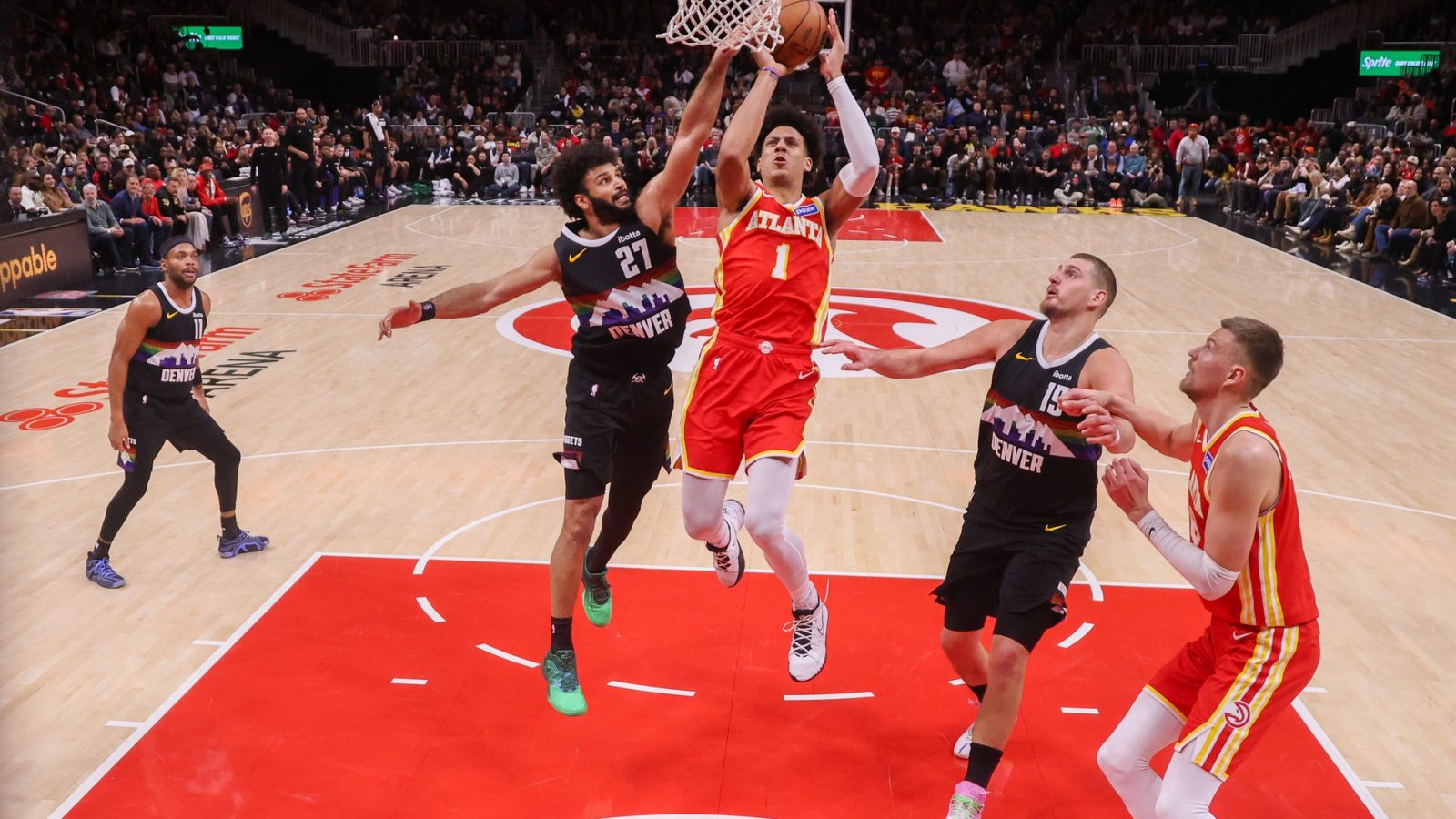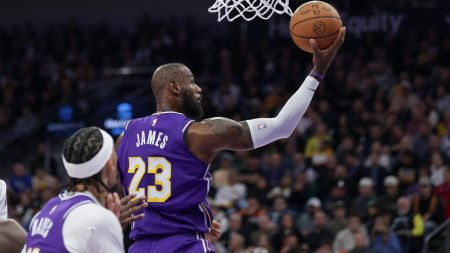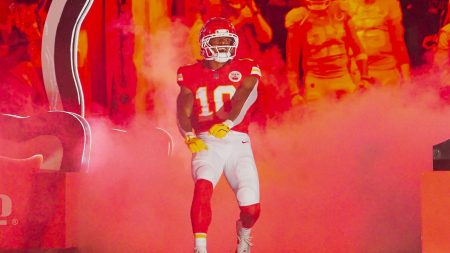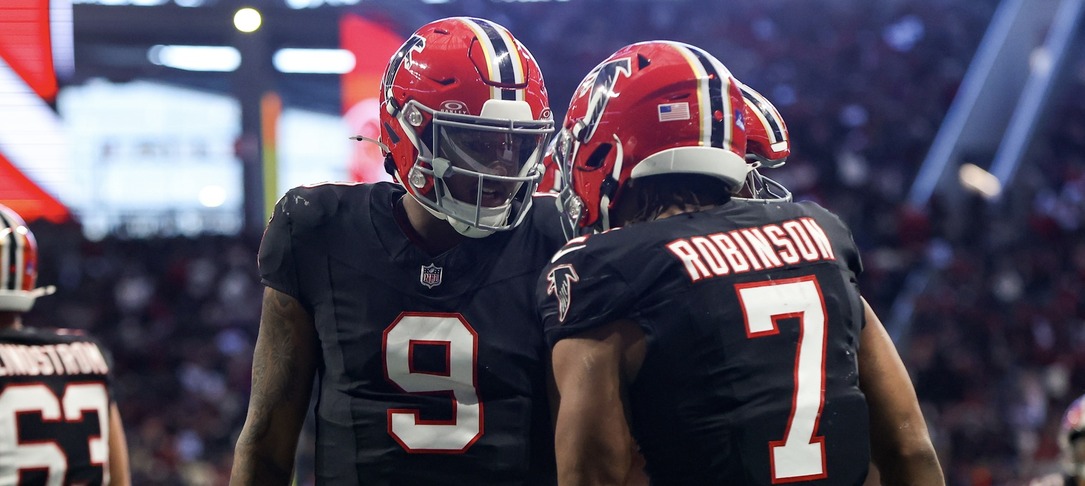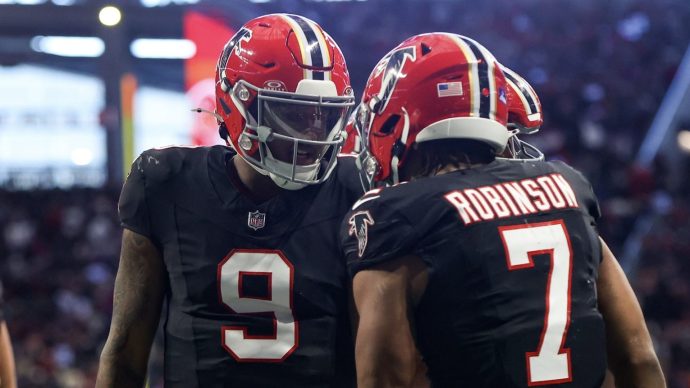If you’re new to fantasy basketball or betting on it, statistics and metrics can be very overwhelming when they’re constantly shoved in your face.
A few players’ individual statistics are much more important than the rest. Let’s dive into those.
Best NBA Sites in All States



Five Key Statistics To Know For NBA Betting & DFS
Outlined below are five of the most important NBA DFS and betting stats and why you should factor them into your decision-making process.
Minutes Played
This one seems too obvious, right? A player’s minutes are the granddaddy of it all because if a player isn’t on the floor, there is no opportunity to accumulate statistics.
However, it’s not that simple. Coaches will tweak rotations during the season, and oftentimes it could be a subtle change from game-to-game. The best, most meticulous beat reporters may have no clue about a closed-door conversation about changing a player’s role.
The good news is that there are plenty of coaches in the league with a track record of rotation tendencies. For example, Kncks’ coach Tom Thibodeau is notorious for running his starters into the ground and running a tight bench rotation.
The NBA is unlike any other major sports. Starting lineups are very fluid due to injuries, players on back-to-back games, and trade deadlines.
As a result, there are constantly new players being thrust into different/uncharted roles and situations.
Usage Rate
Players who are used the most typically accumulate the most statistics. This one isn’t so hard to comprehend either, but not enough bettors/DFSers take it into consideration.
More specifically, NBA.com cites usage rate as “the percentage of his team’s possessions that a player ends (via field goal attempts, turnovers and trips to the line) while he’s on the floor.”
To paint a broader picture, Joel Embiid led the NBA with a 38% usage rate last season, and there were only 15 players who logged a usage rate higher than 30% across the entire season. If someone has a 30% usage rate, they are a huge part offensively. Some other players who met that criteria unsurprisingly include Luka Doncic, Victor Wembanyama, LaMelo Ball, and Jalen Brunson.
Now, when you take a look at minutes, roles changing, and usage rates, you can draw some conclusions to predict an upcoming big game.
For example, Jalen Brunson is a huge part of the Knicks’ offense again this season, with a 29% usage rate this season. What if he gets ruled out? When he’s off the floor, that greatly affects the responsibilities and roles of his contributing teammates.
Although they play different positions, Karl-Anthony Towns has seen more than a 6% usage increase this season when Brunson isn’t sharing the court with him. He’s by far the biggest beneficiary of Brunson sitting, and that means Towns should be the new ringleader of the offense.
Sportsbooks will adjust lines based upon news, but sometimes they can overreact and set a line too high or not reopen a line high enough, and that’s where you can still get an edge.
Potential Assist & Rebound Chances
These metrics are very similar when it comes to measuring how much opportunity a player may have had in a single game despite varying results.
Two truths: nobody can win every rebound battle, and nobody can make every shot.
A potential assist is technically defined as “a pass to a teammate who shoots within one dribble of receiving the ball.” Assists greatly depend on a distributor’s teammates, so it’s not always someone’s fault when an assist number is low.
For example (hypothetically), Chris Paul may have only had seven assists yesterday, but perhaps he had a league-high 19 potential assists during his game on Sunday. He was definitely doing his job by being an elite passer of the ball, but the Spurs only shot 25% from 3-point land on the night, causing CP3 to miss out on plenty of statistics.
You can look through trends and draw conclusions why these numbers may have fluctuated. De’Aaron Fox was just traded from Sacramento, and they don’t really have a replacement point guard. My guess is Malik Monk will slide into that role. I would expect the ball to be in his hands a lot more, for him to throw more passes per game, resulting in both more potential and actual assists.
NBA.com defines a rebound chance as follows: “a player has a rebound chance if they are the closest player to the ball at any point in time between when the ball has crossed below the rim to when it is fully rebounded.”
You can sift through these numbers to hunt for trends just like potential assists. Team matchups and minutes are two of the bigger causes for rebound chances to change. Some teams are quite literally physically big inside, and some teams play much slower than others.
That brings me to my last talking point. Pace.
Pace
This one is fairly self-explanatory. Pace is sometimes referred to as tempo. The faster a game is, the more chances there are for points, rebounds, assists, and every other counting statistic.
When two fast teams play in terms of pace, the Vegas game total is generally much higher than usual. Those are good games to target for individual performances. Player prop lines should be higher than usual, and these are typically where the most popular DFS plays of the day end up.
You can find an edge when a slow team is playing a fast team. We like to call that a pace-up spot for the slower team. It’s even sweeter if the slow team is a big underdog, which should force them to play faster while trailing when time is running out later in the game.
We are ironically going to give another Jalen Brunson example, who averages 27.6 points per game this season. The Knicks play at the league’s seventh-slowest pace, and the Hawks play at the second-fastest pace in the league.
Let’s pretend the Hawks are favored. If a sportsbook is listing Brunson’s scoring prop at its typical line and price, that bet should be a great spot to target. Brunson is the best player on a slow team.
Of course, there are plenty of other variables that affect someone’s performance, but it’s a favorite scenario of mine to hunt for.
Featured Image Credit: Imagn
